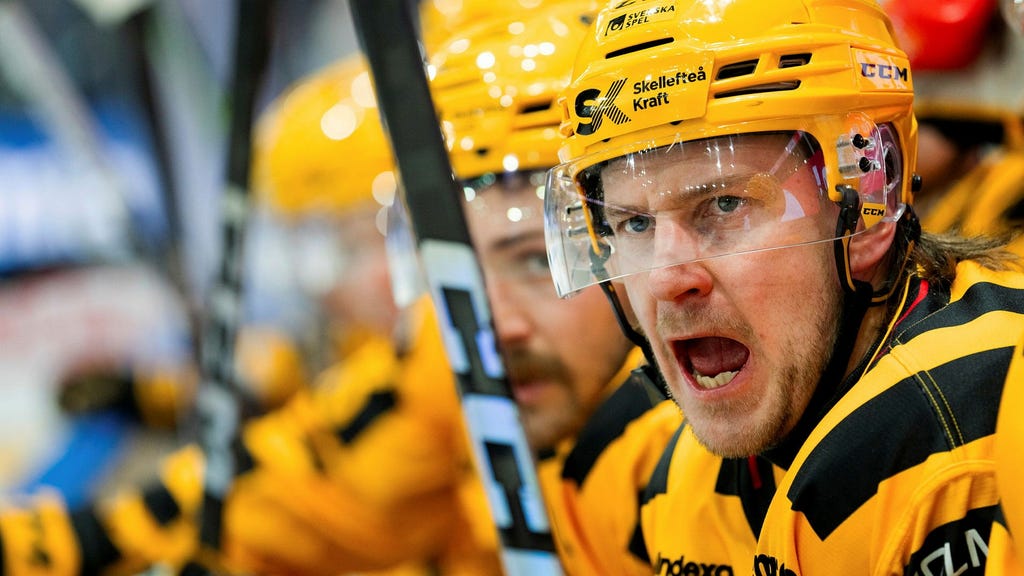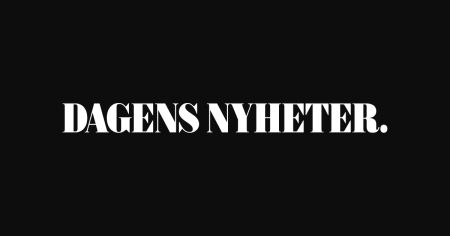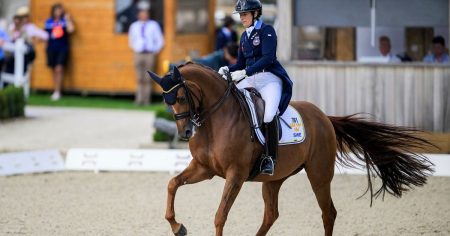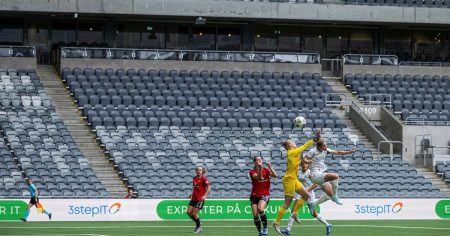The incident, occurring during a tense SHL match, has sent shockwaves through the Swedish hockey community. Jonathan Pudas, a star defenseman for Skellefteå AIK, a prominent team in the Swedish Hockey League (SHL), was subjected to a death threat from a spectator. The threat, delivered verbally amidst the roaring crowd, was serious enough to warrant a criminal investigation. Following the game, Pudas reported the incident to the authorities, prompting a swift response from law enforcement. This incident underscores the growing concern surrounding fan behavior and the safety of players within professional sports. The gravity of the threat, targeting Pudas’s life, highlights a disturbing trend of escalating aggression and hostility in the sporting arena.
The subsequent investigation led to the identification and arrest of a 28-year-old man. Police meticulously reviewed video footage from the game, interviewed witnesses, and gathered evidence to build a case against the suspect. The individual is now facing charges of ”olaga hot,” which translates to unlawful threat under Swedish law. The prosecutor’s office has deemed the evidence sufficient to proceed with a formal prosecution. This legal action against the perpetrator sends a strong message that such behavior will not be tolerated and that individuals will be held accountable for their actions. Pudas’s courageous decision to report the incident has further emphasized the importance of addressing and combating these threats to player safety and well-being.
Jonathan Pudas, a highly respected player known for his exceptional skills and sportsmanship, expressed his frustration and distress in the wake of this incident. His statement, ”Jag har fått nog,” meaning ”I’ve had enough,” reflects the emotional toll that such threats can take on athletes. Pudas’s words resonated deeply within the hockey community, sparking a broader conversation about the need for increased security measures and a more respectful environment within the sport. The incident has served as a stark reminder that players are not immune to the impact of hateful and threatening behavior, and that their safety and well-being should be paramount.
The incident involving Pudas is unfortunately not an isolated occurrence. Professional sports, particularly hockey, have witnessed a rise in incidents of verbal abuse, harassment, and threats directed towards players. This growing trend of aggression within the sporting arena poses a serious concern for the integrity of the game and the safety of all participants. The emotional and psychological impact of these threats can be profound, affecting players’ performance, mental health, and overall well-being. The increasing prevalence of such incidents highlights the urgent need for a comprehensive approach to address this issue, involving leagues, teams, security personnel, and fans alike.
Several factors contribute to the escalation of aggressive behavior among spectators. The highly competitive nature of professional sports, combined with the anonymity often afforded by large crowds, can create an environment where individuals feel emboldened to express hostility and engage in inappropriate behavior. The consumption of alcohol and other substances can also exacerbate these tendencies, leading to impaired judgment and increased impulsivity. Furthermore, the rise of social media platforms can amplify negativity and contribute to a culture of online harassment and abuse, which can spill over into real-world interactions.
Addressing this complex issue requires a multifaceted approach. Strengthening security measures at sporting venues, such as increased surveillance and the presence of trained security personnel, is crucial to deterring and responding to such incidents. Implementing stricter policies regarding fan behavior, including clear consequences for violations, can also help to create a more respectful and safe environment for players and spectators alike. Educating fans about the impact of their words and actions on athletes can raise awareness and promote a culture of sportsmanship and respect. Furthermore, providing support and resources for players who experience harassment or threats can help them cope with the emotional and psychological consequences of these incidents. Ultimately, creating a positive and safe environment within professional sports requires a collective effort from all stakeholders, including leagues, teams, security personnel, fans, and the athletes themselves. By working together, we can foster a culture of respect and sportsmanship that celebrates the true spirit of the game.














